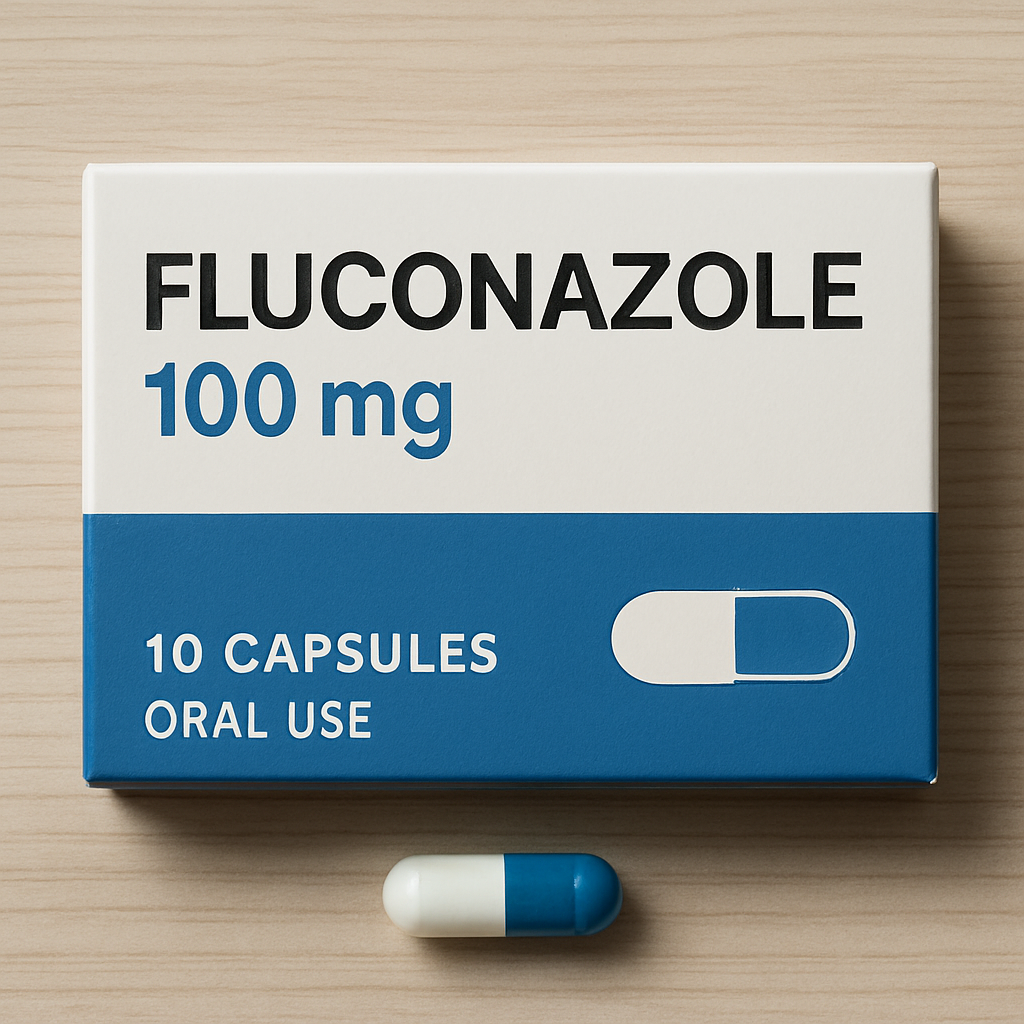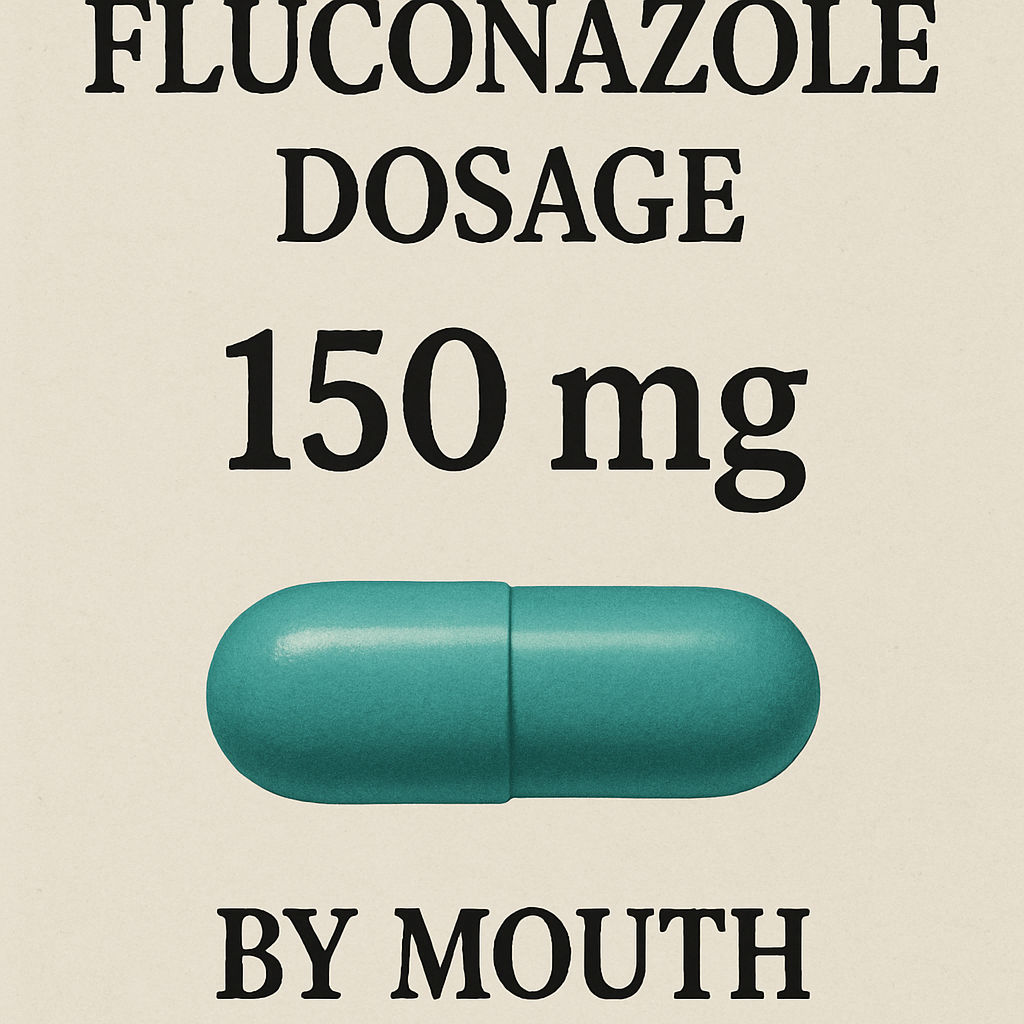If you’ve been prescribed fluconazole, you might be curious about what to expect during your recovery. This antifungal medication is commonly used to treat infections caused by fungi, such as yeast infections, and it’s essential to understand how it works and what side effects you might experience. In this guide, we’ll walk you through everything you need to know about fluconazole, from its duration of action to potential side effects and recovery time.

What Is Fluconazole?
Fluconazole is an antifungal medication that belongs to a class of drugs known as azole antifungals. It works by stopping the growth of certain types of fungi, making it effective against infections like candidiasis, cryptococcal meningitis, and other fungal infections.
Understanding Azole Antifungals
Azole antifungals, including fluconazole, are a critical tool in combating fungal infections. They are known for their broad-spectrum activity, meaning they can tackle a variety of fungal pathogens. These medications are often favored for their safety profile compared to other antifungal classes, making them a go-to choice for both acute and chronic infections. Their mechanism involves inhibiting the enzyme cytochrome P450, which fungi require for cell membrane synthesis, rendering them vulnerable to the immune system.
Common Uses of Fluconazole
Fluconazole is most commonly prescribed for conditions such as vaginal yeast infections, oral thrush, and systemic infections caused by Candida species. It is also effective in preventing fungal infections in individuals with weakened immune systems, such as those undergoing chemotherapy or living with HIV/AIDS. Its versatility and efficacy make it a staple in antifungal therapy, catering to both superficial and systemic infections.
Forms and Administration
Fluconazole is available in various forms, including tablets, oral suspensions, and intravenous solutions. This variety allows for tailored treatment depending on the severity and location of the infection. Oral tablets are most commonly used for mild infections, while intravenous administration is reserved for severe or resistant cases. The flexibility in administration ensures that patients receive the most effective form of treatment for their specific needs.
How Does Fluconazole Work?
When you take fluconazole, it interferes with the cell membranes of fungi, preventing them from reproducing and spreading. This action helps your body’s immune system to fight off the infection more effectively. The drug is usually taken orally in the form of a tablet or liquid.
Mechanism of Action
Fluconazole targets the fungal cell membrane by inhibiting the synthesis of ergosterol, an essential component of the membrane. Without ergosterol, the cell membrane loses its integrity, leading to cell death. This targeted approach ensures that the medication affects only fungal cells, minimizing harm to human cells. The specificity of fluconazole’s action is what makes it a preferred choice for treating a range of fungal infections.
Interaction with the Immune System
In addition to directly targeting fungal cells, fluconazole aids the immune system in clearing infections. By weakening the fungi, fluconazole allows immune cells to more effectively identify and eliminate the pathogens. This synergistic effect enhances the overall efficacy of the treatment, especially in individuals with partially compromised immune systems. The combination of direct action and immune support makes fluconazole a potent antifungal agent.
Absorption and Metabolism
After oral administration, fluconazole is rapidly absorbed into the bloodstream, reaching peak plasma concentrations within 1-2 hours. Its high bioavailability ensures that a significant amount of the drug reaches the site of infection. The medication is primarily metabolized in the liver and excreted through the kidneys. Understanding its pharmacokinetics helps in predicting treatment outcomes and managing potential side effects more effectively.
Duration of Fluconazole Treatment

How Long Does Fluconazole Stay in Your System?
The duration of fluconazole treatment can vary depending on the type and severity of the infection. A single dose is often sufficient for uncomplicated yeast infections, while more severe infections may require a longer course, sometimes up to several weeks.
After ingestion, fluconazole is absorbed into the bloodstream and can remain in your system for an extended period. Typically, the half-life of fluconazole is around 30 hours, which means it takes about 30 hours for the body to eliminate half of the dose. Complete elimination may take several days, depending on factors such as age, kidney function, and the dose taken.
Tailoring Treatment Duration
Each fungal infection presents differently, necessitating personalized treatment plans. For example, a simple vaginal yeast infection might clear up with a single dose, while systemic infections like cryptococcal meningitis might require weeks of treatment. Doctors carefully consider the type of infection, patient history, and response to initial doses when determining the appropriate treatment duration. This tailored approach ensures maximum efficacy and minimizes the risk of resistance.
Monitoring Treatment Progress
Throughout the course of fluconazole treatment, regular monitoring by healthcare professionals is crucial. Blood tests may be conducted to assess kidney function and ensure the drug is being metabolized properly. Patients are also observed for any signs of improvement or potential side effects. This vigilant monitoring allows for timely adjustments in dosage or treatment duration, optimizing recovery outcomes.
Importance of Adherence
Adhering to the prescribed treatment regimen is vital for the success of fluconazole therapy. Missing doses or stopping treatment prematurely can lead to incomplete eradication of the fungus, resulting in recurrent infections or resistance. Patients are advised to follow their healthcare provider’s instructions meticulously and complete the full course of treatment, even if symptoms improve before the medication is finished.
Factors Affecting Fluconazole Duration
Several factors can influence how long fluconazole stays in your body:
Age and Metabolism
- Age: Older adults may process the drug more slowly.
As people age, their metabolic processes tend to slow down, affecting how medications are absorbed and eliminated. In elderly patients, fluconazole may remain in the system longer, necessitating careful dosage adjustments. This is particularly important to avoid accumulation and potential toxicity, ensuring that older individuals receive safe and effective treatment.
Kidney Function
- Kidney Function: Poor kidney function can extend the duration fluconazole remains in the system.
Fluconazole is primarily excreted through the kidneys, making renal function a critical factor in its clearance. Patients with compromised kidney function may experience prolonged drug exposure, increasing the risk of side effects. Healthcare providers often conduct renal function tests before and during treatment to adjust dosages appropriately, ensuring effective yet safe therapy.
Dosage and Frequency
- Dosage: Higher doses may take longer to be eliminated.
The dosage and frequency of fluconazole administration directly impact how long the drug stays active in the body. Higher doses, often used for severe infections, naturally take longer to clear. Understanding this helps in planning treatment schedules and managing expectations for recovery times. Patients are encouraged to communicate openly with their healthcare providers about any concerns regarding dosage and treatment duration.
Common Side Effects of Fluconazole
While fluconazole is generally well-tolerated, it can cause some side effects. Knowing what to expect can help you manage them effectively.
Mild Side Effects
Fluconazole is known to cause several mild side effects, which are usually temporary and manageable:
- Nausea and Vomiting: Some people may experience stomach upset.
Nausea and vomiting are common and often occur shortly after taking the medication. To minimize these effects, it can be helpful to take fluconazole with food or a glass of water. If nausea persists, over-the-counter remedies or dietary adjustments might provide relief. It’s important to discuss persistent symptoms with a healthcare provider to ensure they are not indicative of more serious issues.
- Diarrhea: This is a common side effect and usually mild.
Diarrhea can occur as the body adjusts to the medication. Staying hydrated and maintaining a balanced diet can help manage this side effect. If diarrhea becomes severe or persists beyond a few days, consulting with a healthcare provider is advised to rule out other underlying causes.
- Headache: A headache might occur but is typically temporary.
Headaches associated with fluconazole are generally mild and can be alleviated with rest or over-the-counter pain relievers. Ensuring adequate hydration and taking breaks from screen time can also help reduce the frequency and intensity of headaches. If headaches are severe or persistent, medical advice should be sought to explore other potential causes.
- Dizziness: Feeling lightheaded can be a side effect, especially if you stand up quickly.
Dizziness may occur, particularly when changing positions rapidly. To manage this, it’s advisable to rise slowly from sitting or lying positions and to avoid sudden movements. If dizziness impacts daily activities or is accompanied by other symptoms, discussing it with a healthcare provider is crucial for further evaluation.
Serious Side Effects
Though rare, some people might experience more severe side effects, such as:
- Liver Damage: Symptoms include yellowing of the skin or eyes, dark urine, or severe fatigue.
Liver damage is a serious concern and requires immediate medical attention. Patients should be vigilant for signs of jaundice or unusual fatigue, as these could indicate liver issues. Regular liver function tests are often conducted during extended fluconazole treatments to monitor for potential liver damage and ensure timely intervention if necessary.
- Allergic Reactions: Rash, itching, or swelling, particularly of the face, tongue, or throat, requires immediate medical attention.
Allergic reactions to fluconazole, though uncommon, can be severe and potentially life-threatening. Symptoms such as rash, itching, or swelling warrant immediate discontinuation of the medication and urgent medical care. Patients are advised to inform healthcare providers of any known allergies prior to starting fluconazole to mitigate risks.
- Heart Problems: An irregular heartbeat is a rare but serious side effect.
Fluconazole may occasionally affect heart rhythm, leading to conditions like QT prolongation. Patients with pre-existing heart conditions or those taking other medications that affect heart rhythm should use fluconazole with caution. Regular monitoring and communication with healthcare providers can help manage this risk effectively.
If you experience any serious side effects, it’s crucial to seek medical attention immediately.
Recovery Time with Fluconazole

by Martin Sanchez (https://unsplash.com/@martinsanchez)
What to Expect During Recovery
The recovery time after taking fluconazole depends on the type of infection being treated. For minor infections like a vaginal yeast infection, symptoms often improve within a few days after a single dose. For more severe infections, it might take longer to see improvements.
Factors Influencing Recovery Time
Several factors can influence how quickly one recovers from a fungal infection after starting fluconazole. These include the patient’s overall health, immune system strength, and adherence to the prescribed treatment regimen. Additionally, the severity and location of the infection play significant roles. A strong immune response and timely initiation of treatment generally lead to quicker recovery times.
Lifestyle and Recovery
Lifestyle choices can significantly impact recovery speed and overall treatment success. Maintaining a balanced diet rich in nutrients supports the immune system, enhancing the body’s ability to fight off infections. Regular, moderate exercise also boosts immune function and promotes faster healing. Patients are encouraged to integrate healthy habits into their daily routines to support the recovery process.
Monitoring Symptoms
It’s important for patients to closely monitor their symptoms throughout the recovery period. Noticing improvements or any new symptoms can provide valuable information to healthcare providers, aiding in the adjustment of treatment plans if necessary. Keeping a symptom diary can help track progress and identify any patterns that may require attention, ensuring a smoother recovery journey.
Tips for a Smooth Recovery
- Stay Hydrated: Drinking plenty of fluids can help your body process the medication.
Hydration is crucial during fluconazole treatment, as it aids in the elimination of the drug from the body and supports overall health. Drinking water regularly helps in maintaining kidney function and preventing dehydration, which can exacerbate side effects. Herbal teas and clear broths are also good options for staying hydrated.
- Rest: Allow your body to rest and recover during treatment.
Adequate rest is essential for recovery, as it enables the body to focus energy on healing. Getting enough sleep and avoiding strenuous activities can significantly enhance the effectiveness of the treatment. Patients should prioritize rest and consider short naps or relaxation techniques to support their recovery.
- Follow Your Doctor’s Instructions: Always follow the prescribed dosage and duration of treatment.
Adhering to medical advice is critical to ensure the full effectiveness of fluconazole therapy. Patients should not alter their dosage or discontinue treatment without consulting their healthcare provider, even if symptoms improve. Following the prescribed plan helps prevent recurrence and resistance, leading to a more successful recovery.
When to Contact Your Doctor
If symptoms persist or worsen after completing your course of fluconazole, it’s important to contact your healthcare provider. They might need to adjust your treatment plan or investigate further.
Signs of Complications
Persistent symptoms or the emergence of new issues could indicate complications or resistance to the medication. It’s important to recognize warning signs, such as increased pain, spreading of the infection, or severe side effects. Prompt communication with a healthcare provider can lead to timely interventions and prevent further complications.
Adjusting Treatment Plans
If initial treatment does not lead to expected improvements, doctors may consider alternative approaches. This could involve adjusting the dosage, extending the treatment duration, or switching to a different antifungal agent. Open dialogue with healthcare providers is essential for exploring these options and ensuring optimal treatment outcomes.
Importance of Follow-up Appointments
Regular follow-up appointments are crucial for monitoring progress and addressing any concerns that arise during treatment. These visits provide an opportunity for healthcare providers to assess the effectiveness of the current regimen and make necessary adjustments. Patients are encouraged to attend all scheduled appointments and communicate openly about their experiences to facilitate the best possible recovery.
Conclusion
Fluconazole is a powerful antifungal medication that can effectively treat various fungal infections. Understanding its duration, side effects, and recovery time can help you manage your treatment more effectively. Always consult with your healthcare provider for guidance tailored to your specific health needs, and report any unexpected side effects promptly.
By staying informed and following your doctor’s advice, you can ensure a successful recovery with fluconazole.



